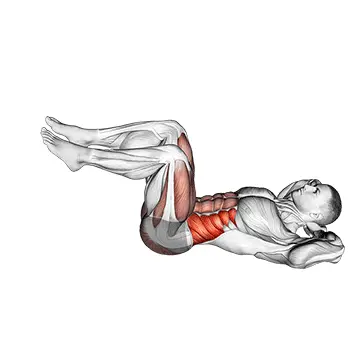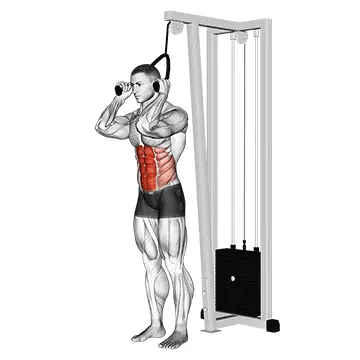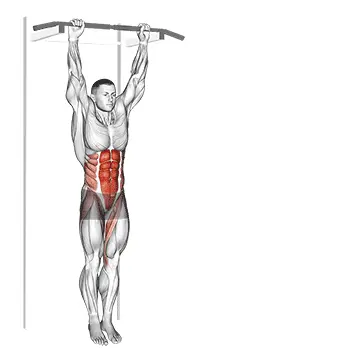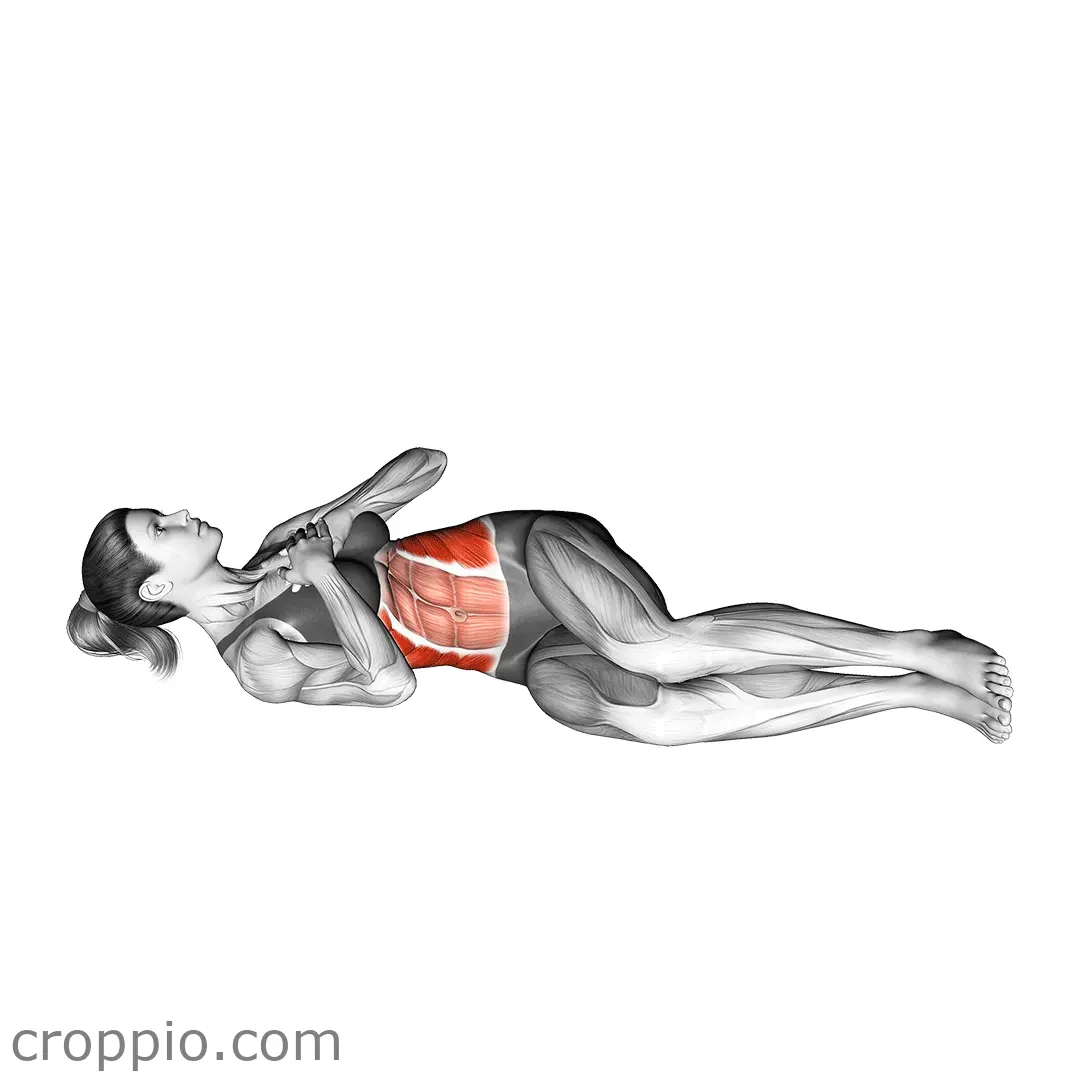Dumbbell Side Bend
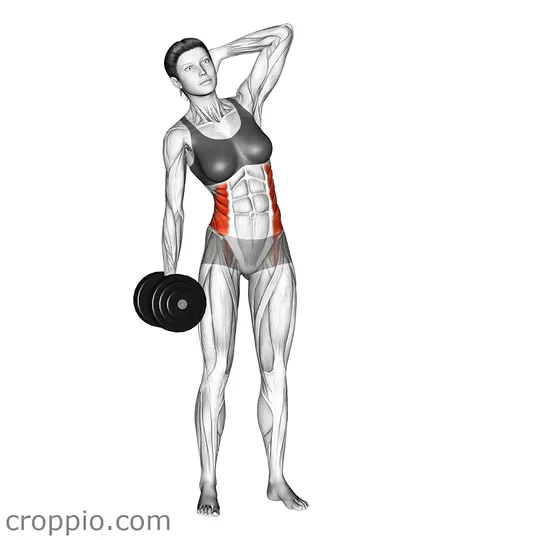
Muscles Involved
The dumbbell side bend primarily targets the oblique muscles, which are crucial for rotational movements and lateral flexion of the torso. These muscles include the external and internal obliques, responsible for bending the side of your torso towards the hip. Additionally, this exercise engages the rectus abdominis, helping to stabilize the spine, and the iliopsoas, a key hip flexor muscle, to assist in maintaining balance. Secondary muscles employed during the movement include the erector spinae, which runs along the spine, and the latissimus dorsi, which supports arm movements.
Top Mistakes
- Using too much weight: This can lead to improper form and increase the risk of injury.
- Rounding the back: Maintaining a neutral spine is crucial for effective muscle engagement.
- Overextending the movement: Bending too far can strain the obliques and lower back.
- Not engaging the core: Failing to tighten the core may lead to reduced effectiveness and potential injury.
Execution Tips
- Stand with your feet hip-width apart, holding a dumbbell in one hand alongside your body.
- Engage your core and maintain a straight back; avoid leaning forward or backward.
- Slowly bend at the waist to the side while keeping your other arm lifted for balance.
- Only go as far as comfortable, ideally bending until you feel a stretch in the side of your torso.
- Return to standing position with control, ensuring to flex the obliques on the way back up.
- Switch sides after completing desired reps to ensure balanced training.
Workouts
The dumbbell side bend can be seamlessly integrated into a variety of workout routines. For muscle endurance and strength, aim for 3-4 sets of 10-15 repetitions on each side. To fully target the core, combine it with complementary exercises such as planks, Russian twists, or bicycle crunches. Incorporating a circuit of these exercises can enhance overall core stability and strength while maximizing the effectiveness of your training session.
Conclusion
Incorporating dumbbell side bends into your workout regimen offers numerous benefits, including improved core strength, enhanced stability, and better posture. By focusing on the obliques and surrounding stabilizers, you not only sculpt your midsection but also develop the functional strength necessary for various physical activities. With proper execution and consistency, this exercise can significantly contribute to your fitness goals.
